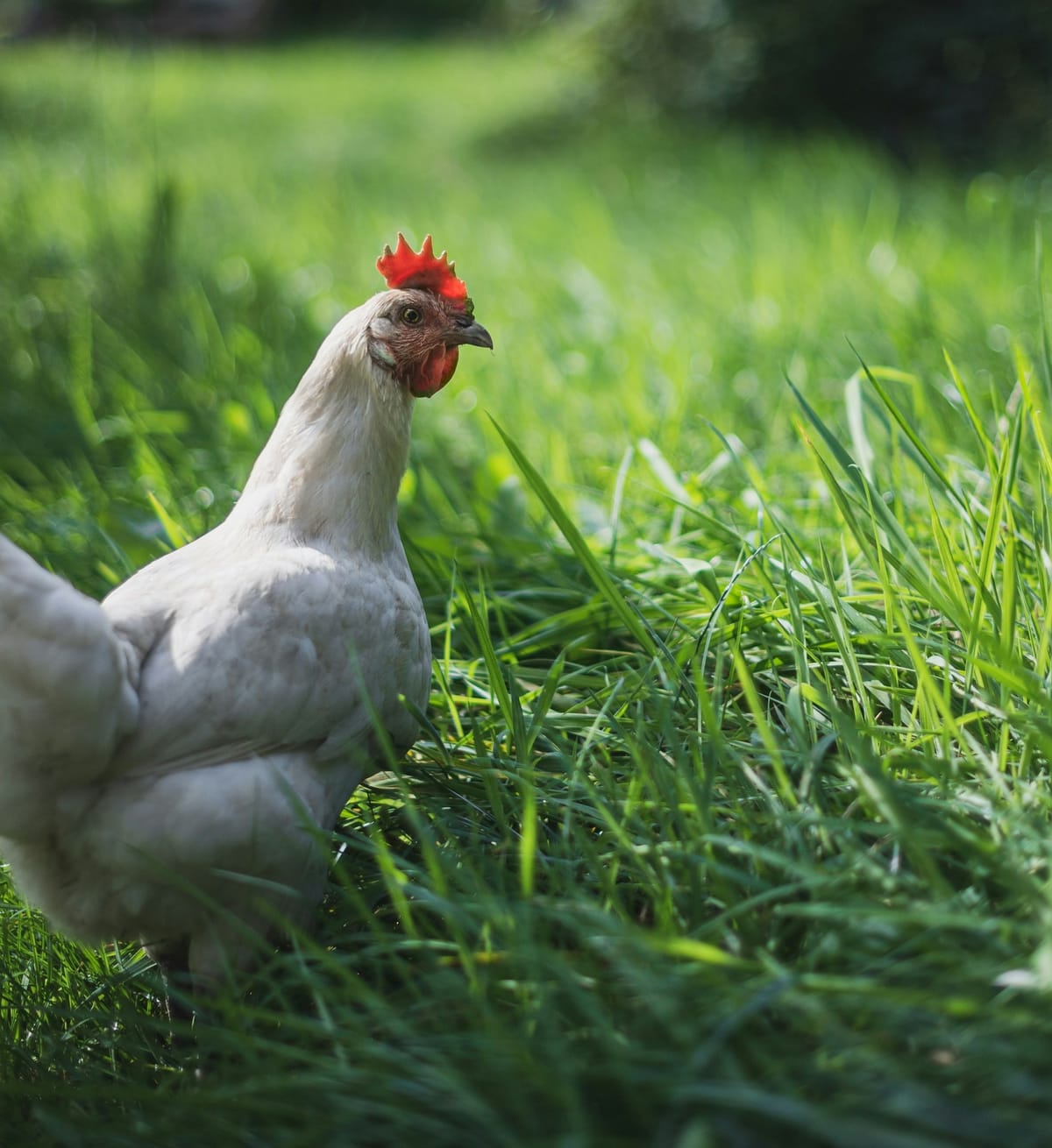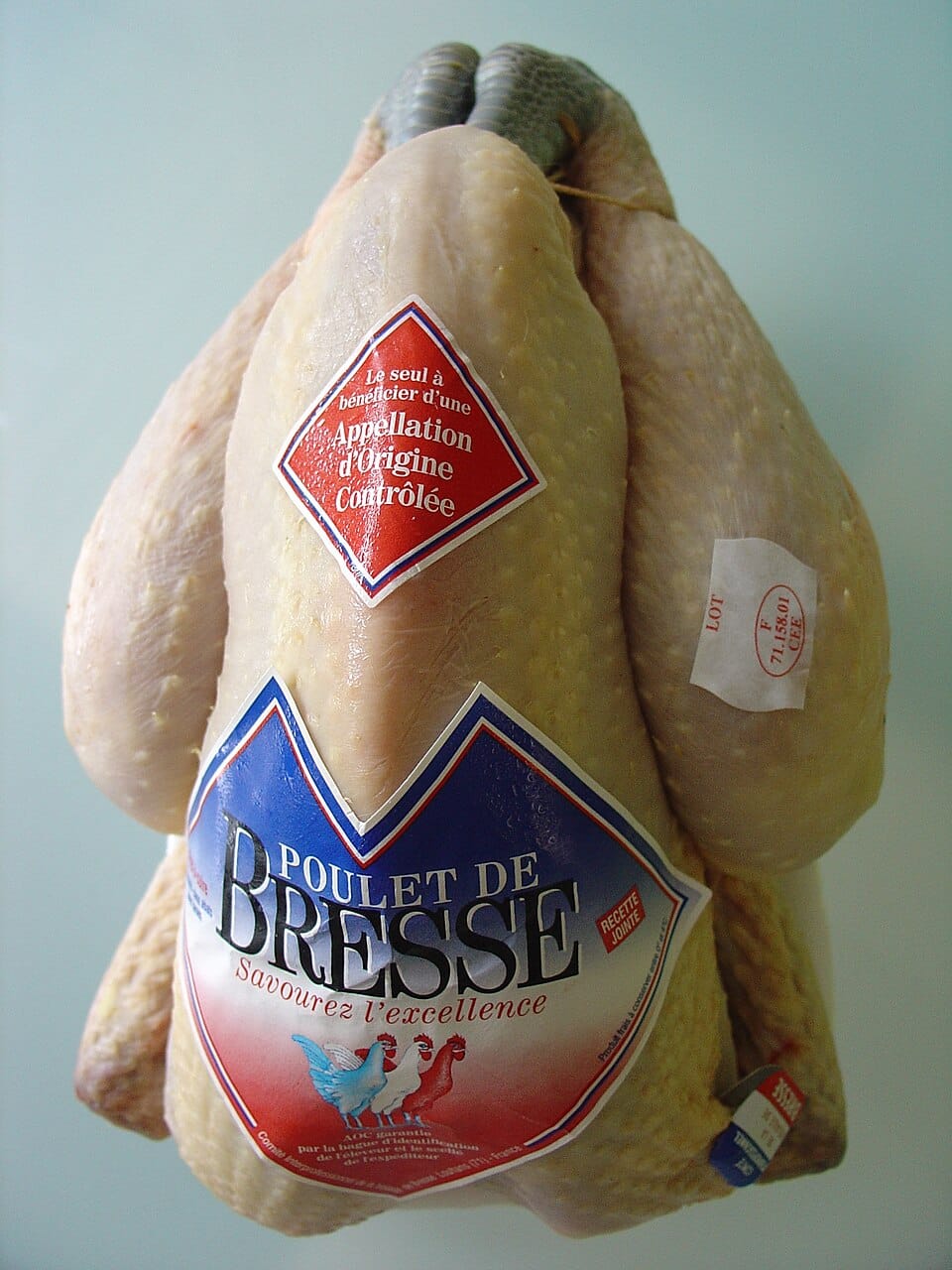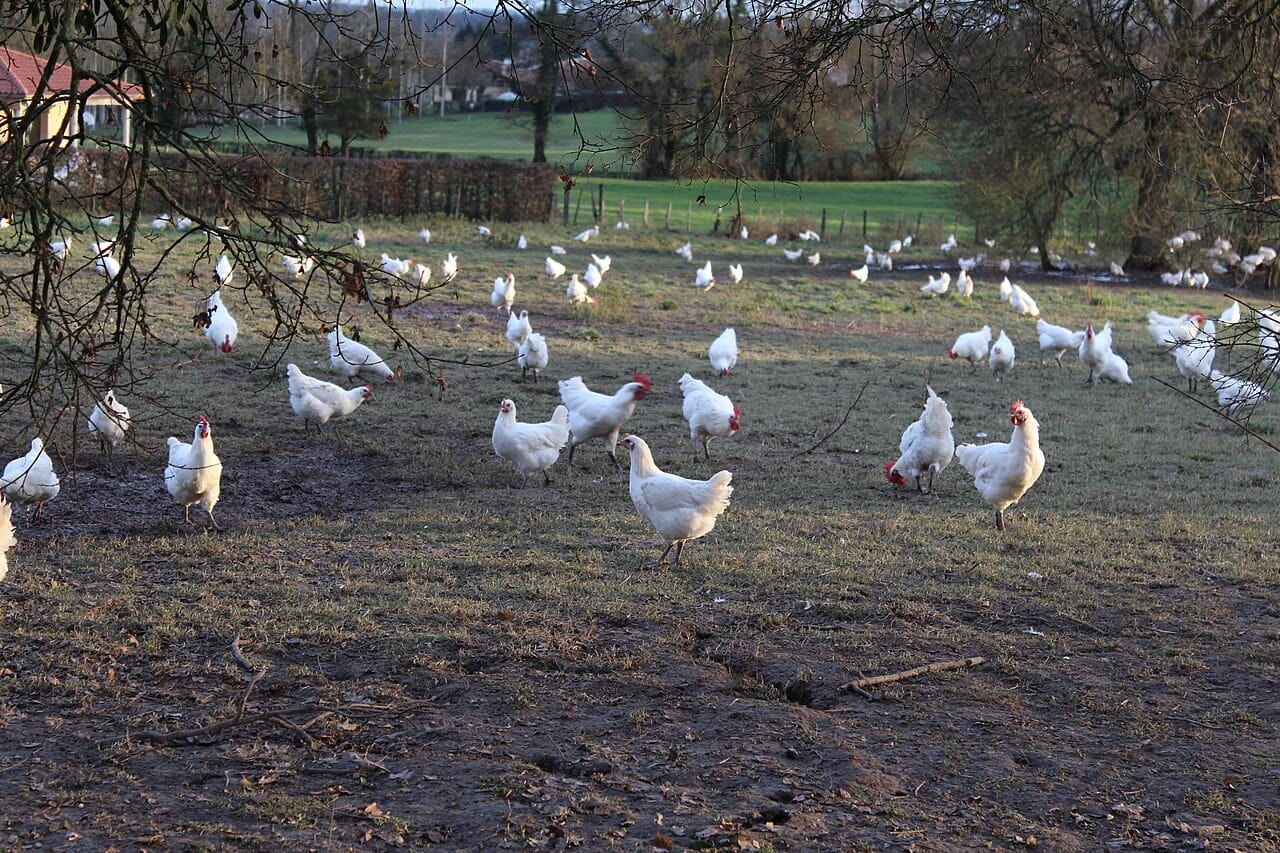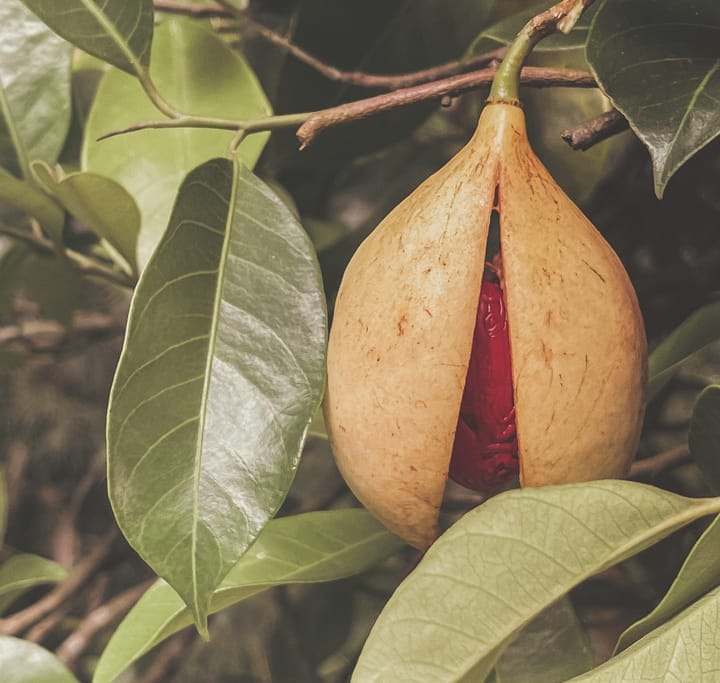Why Poulet de Bresse Is the Most Expensive Chicken You'll Ever Eat
Discover why Poulet de Bresse transforms a simple chicken dinner into a culinary pilgrimage. From protected French origins to four-month farming protocols, this is poultry elevated to extraordinary art.

In the rolling hills of eastern France, where Burgundy meets the Alps, a chicken lives like royalty.
Protected by law, pampered with a specific diet, and given more personal space than most Manhattan apartments offer, the Poulet de Bresse isn't just poultry—it's a centuries-old tradition that commands extraordinary prices.
While the original French birds cannot be imported to the US due to their protected origin status, American-raised Bresse chickens fetch $40-60 at specialty markets.
In upscale restaurants, these birds can range from $75-150 for American Bresse preparations in the United States to an astounding $300 for authentic Poulet de Bresse at Michelin-starred establishments in Paris.
For culinary enthusiasts accustomed to paying $5 for a whole chicken at their local supermarket, the idea of spending ten times that amount for the raw bird—or up to 60 times more for a restaurant preparation—might seem absurd.
Yet once you understand the extraordinary measures taken to produce these birds—and taste the remarkable difference—the price begins to make sense.
This is the story of the world's most expensive chicken, and why top chefs from Thomas Keller to Daniel Boulud consider it irreplaceable.
A Chicken with Its Own Appellation

Just as Champagne can only come from the Champagne region of France, true Poulet de Bresse must originate from a specific geographic area encompassing parts of the Ain, Saône-et-Loire, and Jura departments.
Since 1957, these chickens have enjoyed AOC (Appellation d'Origine Contrôlée) status—the same protection given to Roquefort cheese and Cognac.
In 1996, they received additional protection under the European AOP (Appellation d'Origine Protégée) designation.
This isn't mere bureaucratic formality. The appellation dictates everything from the breed (only the native Gauloise de Bresse) to the exact amount of space each bird must have (10 square meters of pasture per chicken).
Compare that to conventional American chickens, which might share a single square foot of space in industrial operations. The contrast couldn't be more stark.
The Four-Month Journey to Perfection
While supermarket chickens reach market weight in just 6-7 weeks through aggressive feeding and growth promotion, Poulet de Bresse follows a leisurely four-month timeline that would make slow food advocates weep with joy.
The journey begins in specialized hatcheries where chicks spend their first 35 days indoors, protected and carefully monitored.

Then comes the crucial transition: the young chickens are released onto verdant pastures where they'll spend the next 9-11 weeks roaming freely.
This isn't token "free-range" access for a few minutes daily—these birds spend their days hunting for insects, worms, and snails, supplementing their diet of locally grown cereals and dairy products.
The pastures themselves are strictly regulated. The soil must be tested regularly, pesticides are forbidden, and the grass must be of specific varieties that contribute to the chicken's distinctive flavor.
Local farmers often joke that their chickens eat better than they do—and they're not entirely wrong.
The Secret of Finition
Perhaps the most intriguing aspect of Poulet de Bresse production is the final stage, known as "finition" or finishing.
For the last 8-15 days of their lives, the chickens are moved to wooden cages called "épinettes" in a quiet, dimly lit space. Far from being cruel, this traditional practice serves multiple purposes.
The restricted movement and specialized diet during this period—consisting primarily of corn and milk—creates the perfect marbling of fat throughout the meat.
This intramuscular fat is what gives Poulet de Bresse its extraordinary tenderness and flavor, similar to how marbling defines premium beef like wagyu.
During finition, each bird gains approximately 30% more weight, but more importantly, the meat develops its characteristic texture: firm yet yielding, with skin that crisps to perfection while maintaining the succulent meat beneath. The finished birds typically weigh between 3.5 to 5.5 pounds, with capons reaching up to 6.5 pounds.
A Flavor Unlike Any Other

Describing the taste of Poulet de Bresse to someone who's only eaten commercial chicken is like explaining the difference between a garden tomato and its supermarket cousin—words hardly do justice to the experience.
The meat possesses an almost gamey quality, with complex, nutty undertones that reflect the bird's varied diet.
The texture is simultaneously firm and tender, with none of the stringiness or dryness that plagues lesser poultry.
French chef Georges Blanc, whose family has been cooking Poulet de Bresse for three generations, describes it poetically: "It tastes like chicken used to taste, like chicken should taste—when a roasted bird was the centerpiece of Sunday dinner and every bite was savored."
The dark meat, in particular, showcases extraordinary depth of flavor, while the breast meat maintains moisture levels that would be impossible in conventional chicken.
When roasted simply with butter, herbs, and sea salt, the bird needs nothing more to shine.
The American Bresse: A Stateside Interpretation
For American gastronomes, the harsh reality is that authentic Poulet de Bresse cannot be imported from France—not due to health restrictions, but because of its protected designation of origin.
Just as true Champagne must come from Champagne, genuine Poulet de Bresse can only be raised in the Bresse region of France.
However, enterprising American farmers have imported Bresse breeding stock to create what's known as "American Bresse."
Pioneers like Greenfire Farms, the original importer of Bresse genetics to America, and other dedicated breeders now raise these chickens following similar protocols to their French counterparts.
These birds maintain the same genetics—the white plumage, red combs, and distinctive blue feet—but cannot legally be called "Poulet de Bresse."
American Bresse chickens, available through specialty farms and select butchers for $40-60 per bird, offer a taste of this legendary poultry tradition.
While French purists argue that the specific terroir of Bresse—its particular grass, insects, and climate cannot be replicated, many American chefs and food enthusiasts find these domestically raised birds to be exceptional, far surpassing conventional chickens in both flavor and texture.
Cooking the King of Chickens
Given the investment, cooking Poulet de Bresse can feel daunting. The good news?
This chicken's superior quality means simple preparations often yield the best results.
Traditional French recipes emphasize minimal intervention: a simple roast with butter and herbs, perhaps finished with a cream sauce made from the pan drippings.
One classic preparation, "Poulet de Bresse en vessie," involves stuffing the bird with truffles and foie gras before sealing it in a pig's bladder and poaching it—a testament to the French philosophy of gilding the lily.
However, many chefs argue that such elaborate preparations mask the chicken's natural qualities.
For the American home cook fortunate enough to acquire an American Bresse, a simple roast remains the gold standard.
The key lies in respecting the bird: bring it to room temperature, season generously with sea salt, stuff the cavity with lemon and herbs, and roast at high heat initially to crisp the skin before reducing the temperature to cook through gently.
Beyond the Price Tag
At $40-60 per bird for American Bresse at retail or over $300 for authentic Poulet de Bresse at top Parisian restaurants these chickens cost more than some premium steaks.
Yet viewing it purely through the lens of price misses the point. This is agricultural artisanship at its finest—a product that connects us to a time when farming was craft, not industry, and when the pleasure of eating justified extraordinary effort in production.
For special occasions, culinary exploration, or simply to understand what chicken can be at its absolute peak, Poulet de Bresse offers an unforgettable experience.
It reminds us that in our age of industrial efficiency and standardization, some things—flavor, tradition, and the pleasure of truly exceptional food—remain worth preserving, whatever the cost.
In a world where we routinely spend $50 on a few cocktails or a mediocre restaurant meal, investing the same amount in what many consider the world's finest chicken begins to seem not extravagant, but enlightened.
After all, how often do we get to taste history, tradition, and terroir in a single, perfect bite?
For those ready to explore beyond everyday ingredients, Poulet de Bresse stands as a testament to what's possible when tradition, quality, and craftsmanship converge.
It's not just a chicken—it's a culinary pilgrimage worth taking, at least once in a lifetime.


